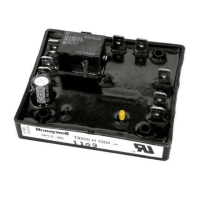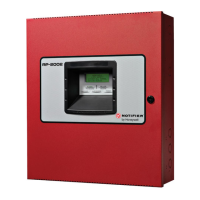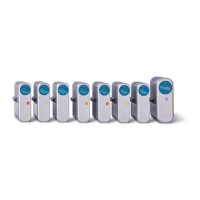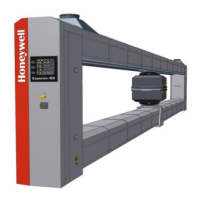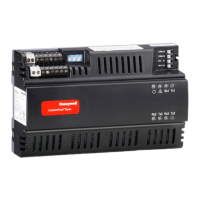Honeywell #&!$~.cE
Bus controllers operate in active or standby status. The active bus
controller (BC) will detect its own bus control processing faults and remove
itself as controller fail-passively.
A bus controller will bring both buses
to full activity within 150 ms after power is applied and 700 ms for power
interrupts of greater than 12 ms and less than 200 ms (warm start). If BC
No. 2 sees no activity on both buses after 150 ms from when power is applied,
it becomes the active controller.
If BC No. 3 sees no activity after 300 ms,
it becomes the active controller.
Both Bus A and Bus B are used in the standard bus system. All bus controller
requests are transmitted simultaneously on both buses. The user subsystems,
(LRUS), however, respond with their data on only one bus. User subsystems
listen on both buses
on Bus A, right side
Forty times a second
buses for a group of
frame, one bus frame
transmit at 40 times
but transmit on only one.
Left side subsystems transmit
subsystems transmit on Bus B.
the active bus controller sends out requests on both
users to transmit data messages. This is called a bus
every 25 milliseconds.
Some subsystems need not
per second; therefore, the complement of subsystems
requested to transmit during a bus frame varies.
Some users are asked to
transmit every frame, some every other, some every fourth, etc. This allows
update rates of 40, 20, 10, and 5 times per second or slower.
Figure 3
illustrates the operation of the standard bus. System requirements have
dictated that a 40-Hz update rate is required for an IRS system, 20 Hz for
the fault warning computer (FWC), and 10 Hz for the FGC and DADC.
The bus controller software is configured to request each subsystem to
transmit data at the proper rate. The IRS must transmit every frame, FWC
every other frame, and the FGC and DADC every fourth frame.
Eight frames are defined, with different groups of subsystems transmitting in
each.
Table 3 shows the complement of subsystems requested to transmit in
each of eight sequential frames.
After frame seven is complete, the sequence
repeats, starting again with frame zero.
ASCB applications use eight unique
frames which repeat, providing update rates of 40, 20, 10, and 5
transmissions per second.
22-14-00
Page 23
Aug 15/91
Use or disclosure of information on this page is subject to the restrictions on the title page of this document.

